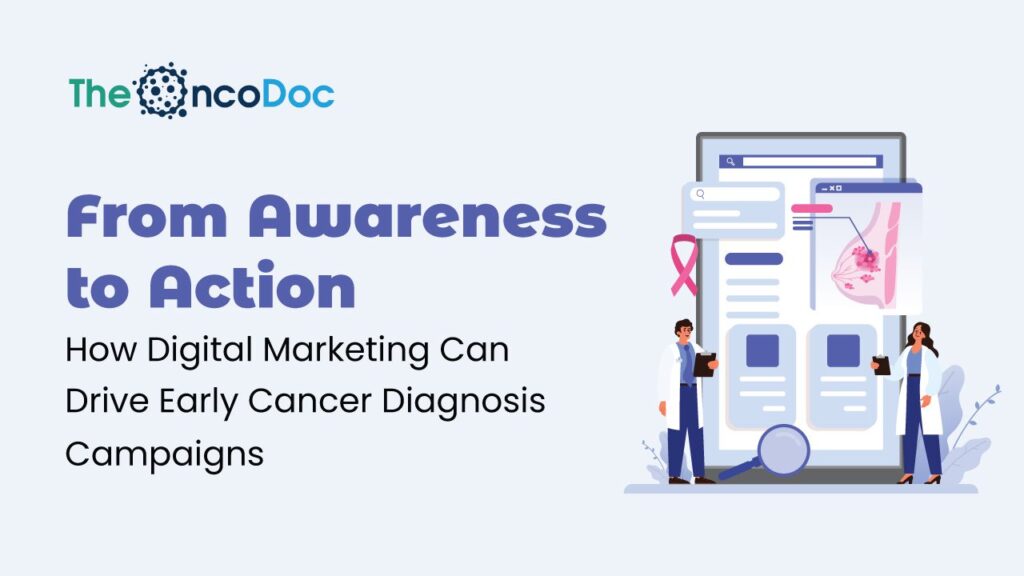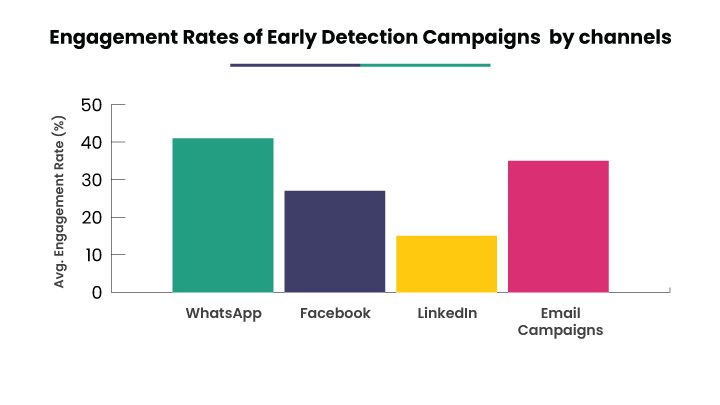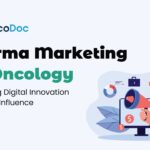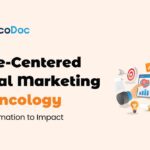Introduction: A New Mandate for Pharma Marketers
For pharmaceutical brand managers, especially in oncology, digital marketing has traditionally focused on promoting therapies to oncologists. But a massive opportunity lies earlier in the cancer care continuum: early diagnosis and timely referral.
In , where over 70% of cancer cases are diagnosed at late stages, pharma marketers have both a responsibility and an opportunity to drive awareness and action among healthcare professionals (HCPs) and the public alike. The real question is, can digital campaigns influence detection timelines and referral behavior?
This article explores how digital marketing, if designed with empathy and evidence, can shape oncology outcomes by empowering early detection at scale.
Why Early Detection Deserves a Digital Strategy
Early-stage diagnosis of cancer significantly improves survival rates and reduces the cost burden. But , challenges include:
– Low public awareness of cancer symptoms
– Delayed referrals from general practitioners (GPs) to oncologists
– Limited access to screening tools in underserved areas
Digital marketing can bridge these gaps by enabling targeted outreach, scalable education, and behavior change campaigns.
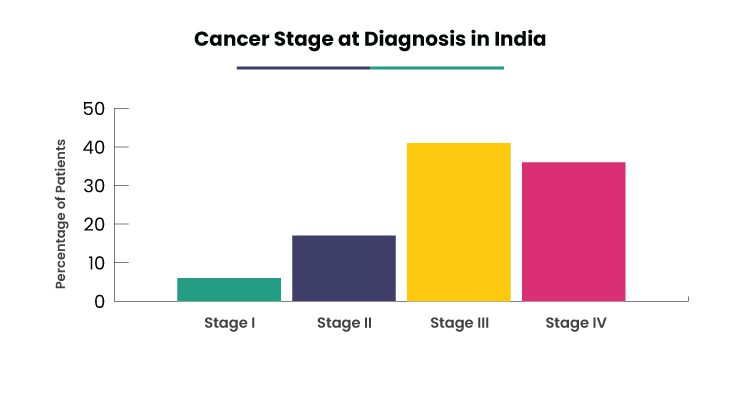
Source: Indian Council of Medical Research (Global Cancer Research Consortium)
As shown above, over 75% of patients are diagnosed at Stage III or IV, highlighting the need for early-detection digital initiatives.
1. Target Primary Care Physicians with Symptom Education Tools
Many cancer patients first visit a general physician. If GPs can recognize red flags early and refer cases quickly, survival chances rise dramatically.
Valuable Content Types:
– Symptom checklists for cancers like lung, breast, cervical, and colorectal
– Referral decision trees based on patient history and physical signs
– Diagnostic gap explainers in local languages
Digital Channels to Leverage:
– CME modules via Hidoc Dr, Medtalks
– WhatsApp broadcast groups for symptom updates
– Telegram-based quizzes with rewards for completion
2. Run Geo-Targeted Public Awareness Campaigns
Digital ads can be hyper-localized to high-burden districts and populations with low awareness.
Example Tactics:
– Google search ads for “lump in breast” or “blood in stool”
– Facebook carousel ads in local languages
– Instagram Reels with cancer survivors demystifying symptoms
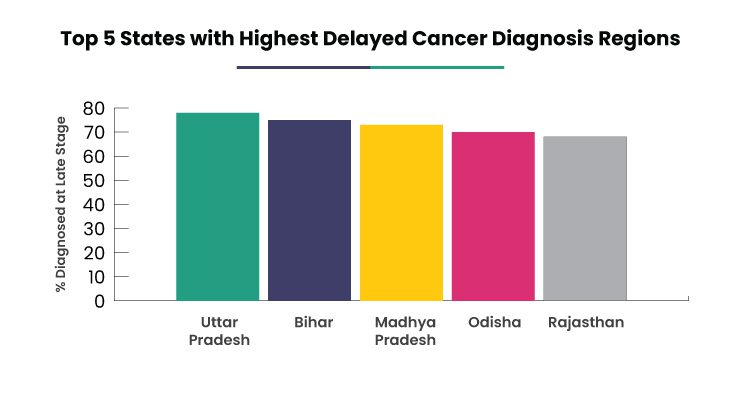
These regions can be prioritized for focused digital interventions, both for public and HCP education.
3. Collaborate with NGOs and Survivor Influencers
Oncology campaigns are more impactful when they combine pharma credibility with community trust.
Partnership Opportunities:
– Local cancer foundations for webinar co-hosting
– Influencer campaigns featuring cancer survivors
– Doctor-patient story videos highlighting early detection benefits
This multi-stakeholder approach amplifies campaign authenticity and reach.
4. Equip Oncologists with Awareness Kits
Even oncologists can play a role in public education if empowered with digital tools.
Asset Ideas:
– Clinic posters with QR codes linking to educational videos
– Infographics on early warning signs
– Clickable WhatsApp forwards for patients to share within families
Such tools turn every oncologist into a micro-influencer for early detection.
5. Use Data to Refine and Retarget
Digital marketing allows real-time insight into who’s engaging and who’s not.
Key Metrics to Track:
– Click-through rate on symptom ads
– Geo-based heatmaps of referral form downloads
– Repeat engagement with screening tools
– Increase in queries through chatbot campaigns
These regions can be prioritized for focused digital interventions, both for public and HCP education.
Clearly, mobile-first platforms like WhatsApp drive the highest engagement, especially in Tier 2 and 3 markets.
Mini Case: Lung Cancer Awareness Campaign – Maharashtra
Goal: Increase referrals for suspected lung cancer among smokers in rural Maharashtra.
Strategy:
– Created short animated videos on symptoms
– Sent WhatsApp messages to 5,000+ rural GPs
– Linked users to a referral microsite with district-wise oncologist contact
Results:
– 1.3 lakh video views within 10 days
– 600+ downloads of the GP referral form
– 36% increase in patient referrals in the pilot area (as reported by a regional oncology institute outreach team)
Conclusion: Digital Can Save Lives, Not Just Sell Brands
Pharma marketers in oncology have the tools to do more than promote products. By investing in awareness, screening, and early referral, they contribute to public health impact while strengthening brand reputation.
It’s time to:
– Reframe digital strategy from treatment to detection
– Align marketing goals with healthcare system needs
– Serve not just the specialist, but the entire diagnostic journey
Early detection isn’t just a public health goal, it’s a marketing opportunity with purpose.
Looking ahead, pharma marketers can also consider integrating AI-driven personalization into their early detection campaigns. For instance, chatbots and virtual assistants can guide patients through symptom checklists in local languages, directing them to the nearest diagnostic center or specialist. Similarly, AI algorithms can help identify HCPs in low-referral zones and automatically trigger micro-content nudges or educational assets.
Furthermore, digital campaigns must be supported by robust backend analytics. It’s not enough to launch a campaign; pharma marketers need to continually optimize based on what’s working. A/B testing of ad creatives, timing-based distribution of content, and segmentation of HCP engagement data can all improve efficiency. Behavioral data such as scroll depth, video watch time, and return visits to resource portals should be factored into content strategy.
Importantly, pharma brands must adopt a narrative of collaboration. Rather than positioning themselves solely as solution providers, they must present themselves as enablers of systemic improvement. The message should be, “We’re here to help you diagnose faster, treat earlier, and improve outcomes.” This subtle but powerful shift in positioning can create lasting credibility among both oncologists and the general practitioner ecosystem.
Finally, digital campaigns aimed at early cancer diagnosis must include policy-level engagement. Collaborations with regional health agencies, local healthcare authorities, and national health program leaders can enable a more coordinated approach. Digital tools like screening apps, referral dashboards, and WhatsApp bots can be scaled through government partnerships, driving larger impact.
The Oncodoc team is a group of passionate healthcare and marketing professionals dedicated to delivering accurate, engaging, and impactful content. With expertise across medical research, digital strategy, and clinical communication, the team focuses on empowering healthcare professionals and patients alike. Through evidence-based insights and innovative storytelling, Hidoc aims to bridge the gap between medicine and digital engagement, promoting wellness and informed decision-making.

